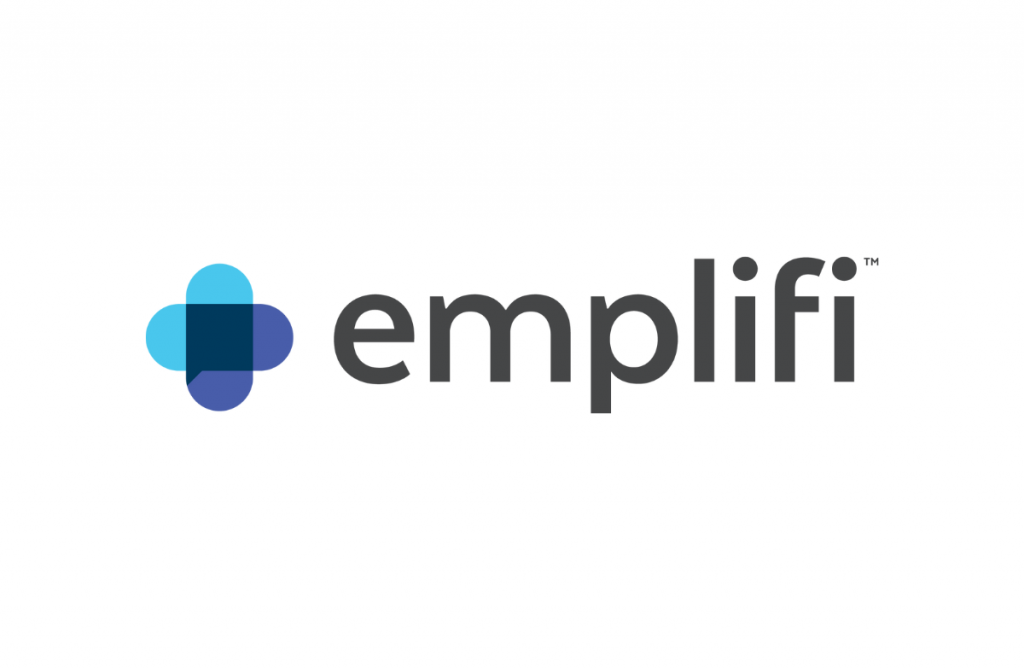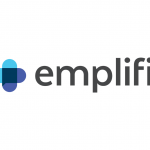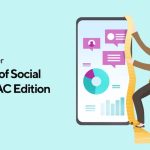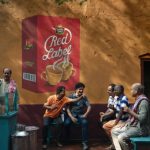Emplifi, the leading unified customer experience platform, has revealed the findings of its Q2 2022 analysis of social media spend across thousands of brands worldwide, including those in Asia Pacific (APAC).
Brands increase investment in paid social media
After a notable post-holiday drop in Q1 2022, APAC brands’ median monthly ad spend rebounded by 6.5% in Q2 2022, climbing to USD 1,684 per ad account – although the figure is still 60% lower than in Q4 2021.
With this quarter’s rebound, the region’s median monthly ad spend has increased 7.12% year-on-year (YoY), implying that brands are allocating more budget to reach their target audiences via paid social. Southeast Asia (SEA) saw a similar trend, with a 6.85% increase in quarterly ad spend and a 10.61% YoY jump to USD 1,603.
Global numbers were much more promising as monthly ad spend bounced back by 18% in Q2 2022 and increased by 19% YoY.
In the APAC region, ad investments represent a clear sign of the times, with ad spend connected to the airline and accommodation industries experiencing a 7.12% increase YoY as business and leisure travel recovers.
Travel takes off but airlines lag in customer care
Strong pent-up demand is driving the travel recovery in APAC, with airlines seeing more than a six-fold YoY increase in international passengers to 9 million in June 2022.
According to Google, search demand for international travel in June surpassed 2019 pre-pandemic levels across SEA.
Despite the travel boom, Emplifi’s analysis of airlines’ use of social media for customer care shows a striking disparity in how brands have performed when customers post questions and complaints.
The global airline industry is one of the strongest regarding the speed at which they answer customer questions on Twitter (1.7 hours) and Facebook (5.4 hours), coming second only to telecommunication brands. However, a large proportion of comments are going unanswered.
A closer look at 11 airlines in APAC found that on Twitter, there was a 31% response rate to customer questions from 1 January 2022 to 23 June 2022. While on Facebook, for the same period, there was only a 27% response rate, but the average response time was much lower at 1.23 hours.
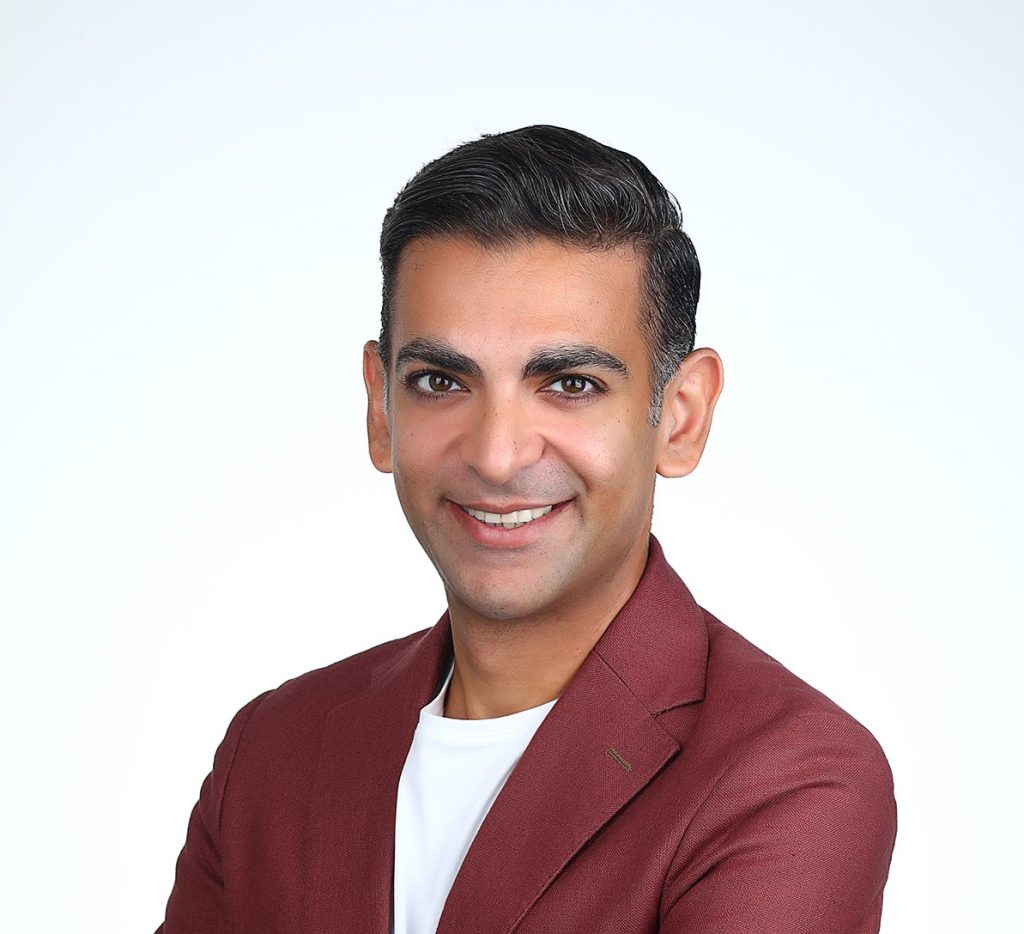
“We are certainly seeing a travel resurgence across the region. As the world recovers from the pandemic, the travel demand will only continue to rise. Airlines should look to solutions that analyse changing customer behaviour and help enhance customer satisfaction. Having a finger on the pulse of the customer is key to delivering seamless, timely, and outstanding customer experience, regardless of the industry,” said Varun Sharma, Vice President, APAC & Japan at Emplifi.
Other key findings from the report:
- Click-through rate (CTR) continues to decline. In APAC, CTR declined by 14% YoY and by 10.7% from the previous quarter. Meanwhile, cost-per-click (CPC) increased by 6.13% YoY and 5.3% from Q1 2022.

- Instagram is still dominant in engagement. Instagram continues to show much stronger engagement than Facebook in APAC, with about 33 interactions per 1,000 impressions. Numbers have remained relatively consistent over the past year at about 30 to 32 interactions. APAC brands only generated 5.6 interactions per 1,000 impressions on Facebook, an 18% decrease YoY.

- Brand social care matters. The ability of brands to respond to customer questions on social media is akey differentiator between the platforms. Response rates in APAC are the highest on Facebook; more than 80% of direct messages are responded to in less than an hour. Instagram’s response rate was the lowest at 43% and the platform was the slowest to respond at 3.4 hours. Twitter had a higher response rate (68%) with an average response time of 2.3 hours – a 60% drop in response time as compared to Q1 2022.

- TikTok versus Instagram. In an analysis of sister TikTok and Instagram accounts across 330 brands from January-June 2022, Emplifi data shows that brands post more often on Instagram (68%) than on TikTok (32%) in relative posting frequency. While reach and interactions were higher on Instagram, video content had greater engagement on TikTok. Either way, both platforms have shown an upward trend over six months in terms of engagement rate, peaking in June 2022, reconfirming user interest for engaging video content.
 “Brands need to connect with their audiences where they are and social media is an integral part of the marketing mix,” said Emplifi CMO, Zarnaz Arlia. “It’s no secret that TikTok’s surge in popularity is continuing – we’ve found that brands post more often on Instagram than TikTok, and video content has higher engagement on TikTok. It will be interesting to see how this trends in the months ahead. What is certain though is that in today’s world, having and maintaining a solid presence on both TikTok and Instagram is essential.”
“Brands need to connect with their audiences where they are and social media is an integral part of the marketing mix,” said Emplifi CMO, Zarnaz Arlia. “It’s no secret that TikTok’s surge in popularity is continuing – we’ve found that brands post more often on Instagram than TikTok, and video content has higher engagement on TikTok. It will be interesting to see how this trends in the months ahead. What is certain though is that in today’s world, having and maintaining a solid presence on both TikTok and Instagram is essential.”

Methodology
- Emplifi’s analysis is based on Q2 2022 data and year-on-year comparisons downloaded at the beginning of July 2022. You can read the findings here.
- Asia Pacific countries included in this report: American Samoa, Bangladesh, Bhutan, Brunei, Cambodia, China, Christmas Island, Cocos Islands, Cook Islands, East Timor, Fiji, Hong Kong, India, Indonesia, Kiribati, Laos, Macao, Malaysia, Maldives, Marshall Islands, Micronesia, Mongolia, Myanmar, Nauru, Nepal, Niue, Norfolk Island, North Korea, Northern Mariana Islands, Palau, Papua New Guinea, Philippines, Pitcairn, Samoa, Singapore, Solomon, South Korea, Sri Lanka, Taiwan, Thailand, Tokelau, Tonga, Tuvalu, Vanuatu, Vietnam, Wallis, and Futuna.
- APAC airlines included in this report: Singapore Airlines, ANA All Nippon Airways, Cathay Pacific Airways, EVA Air, Hainan Airlines, Garuda Indonesia, Bangkok Airways, Qantas Airways, Air New Zealand, Virgin Australia and Vietnam Airlines.
MARKETING Magazine is not responsible for the content of external sites.



